I had heard these uses of the word in Chile, and also being a fan of the sweet sauce, it made sense that it stood in for something to be savored. Yet when I attended a concert by American rock band Faith No More in Santiago, I was bewildered by the crowd’s repeated chanting of ‘un manjar! un manjar!’. Sure, the music was good, something to be savoured in the moment, but the food metaphor just didn’t seem apt to me. And the fact that it was being chanted in unison by thousands rather than whispered with a wink as that especially attractive acquaintance passed by, puzzled me even more.
read the rest of this entry on the WHY WE POST blog
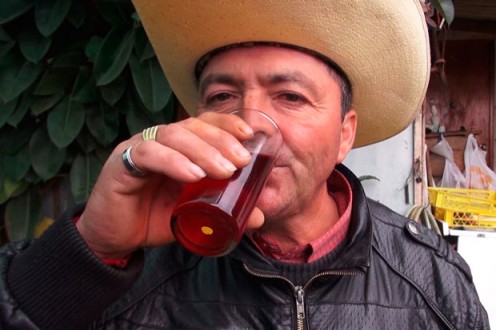
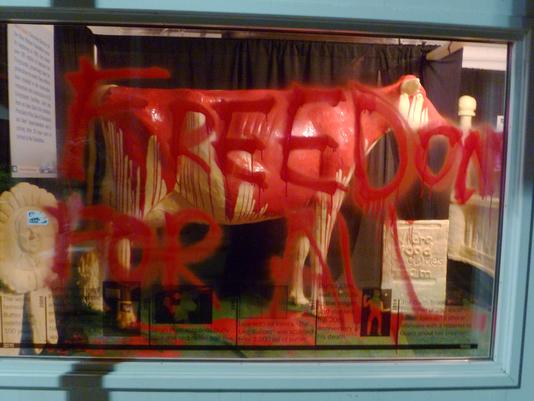
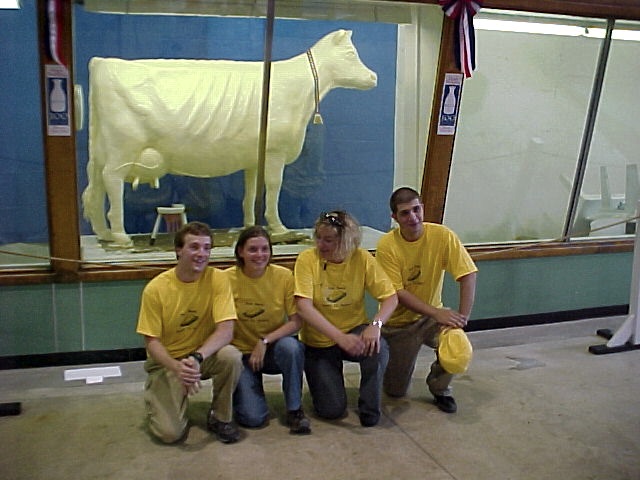
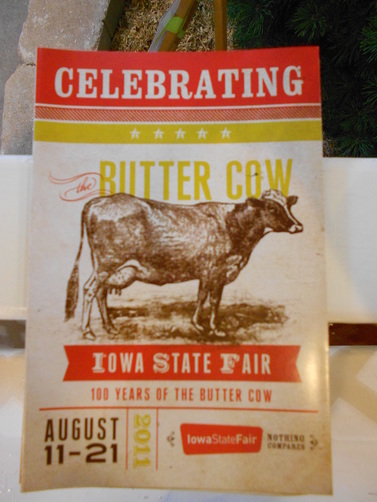
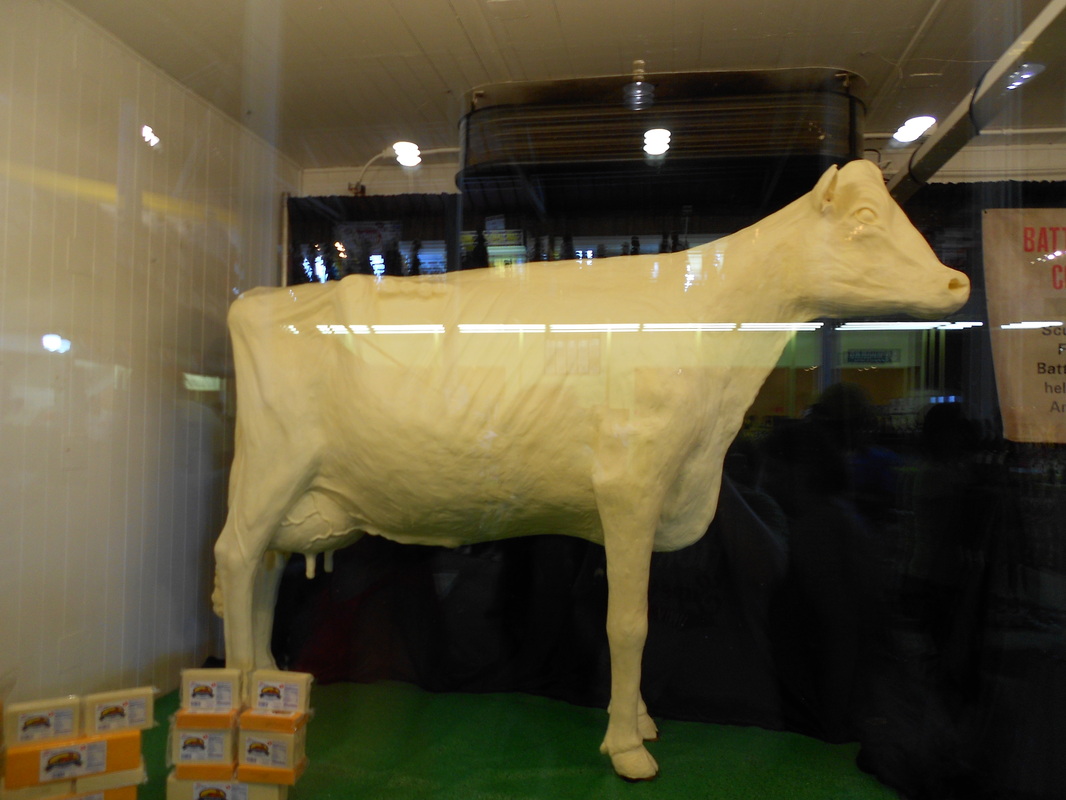
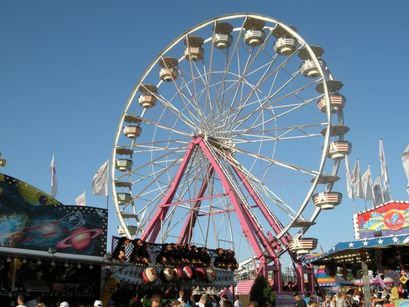
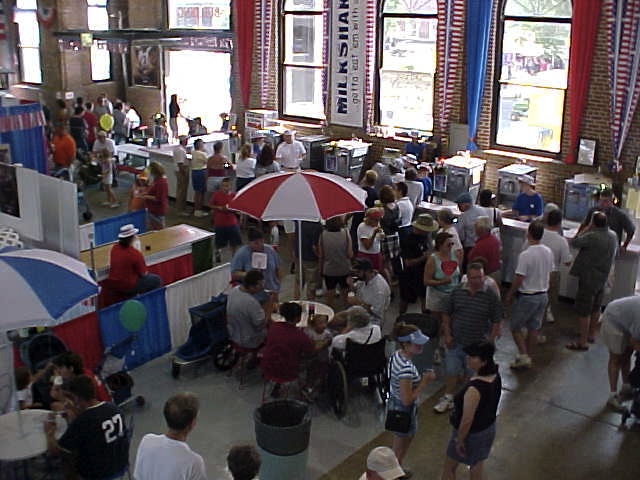
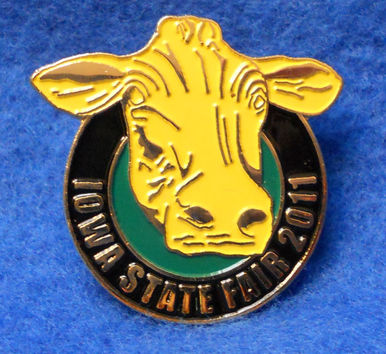
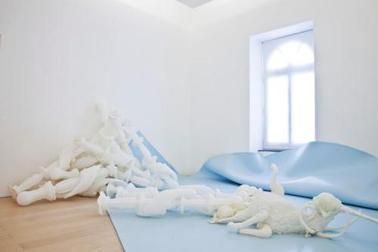
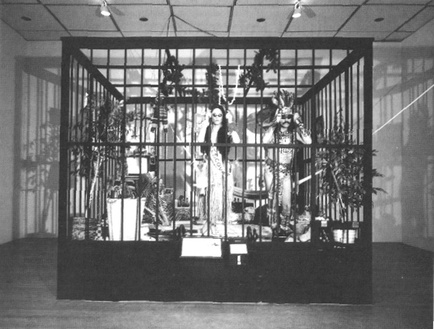
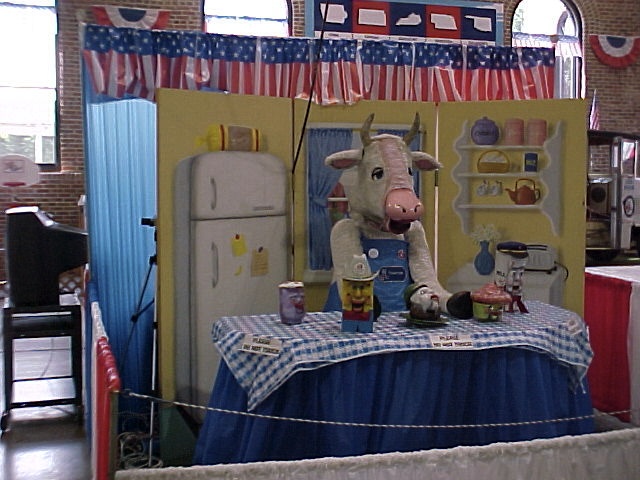
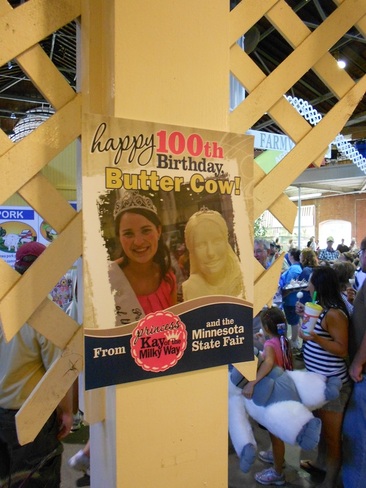
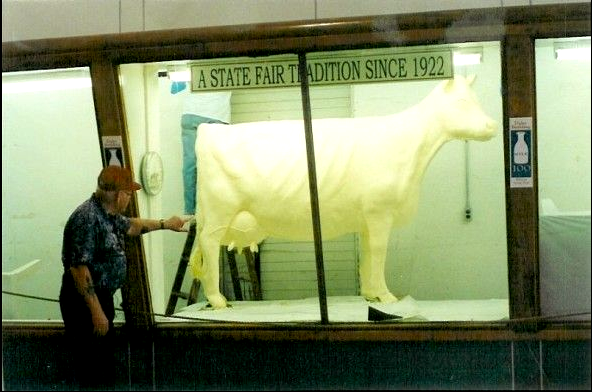
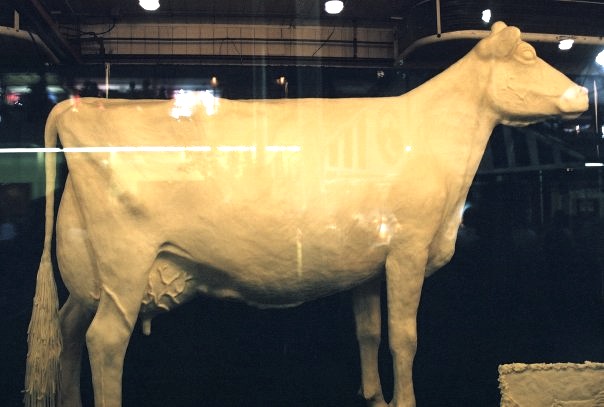
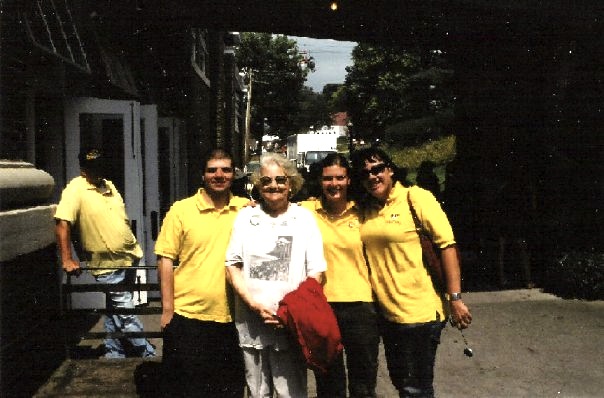
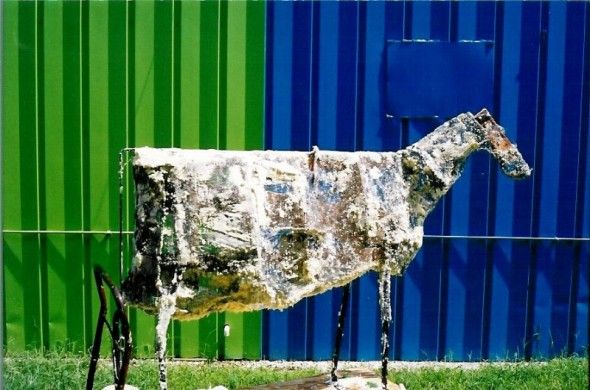
 RSS Feed
RSS Feed
